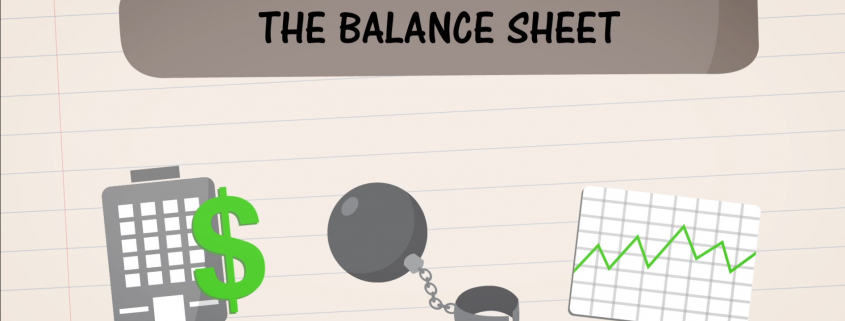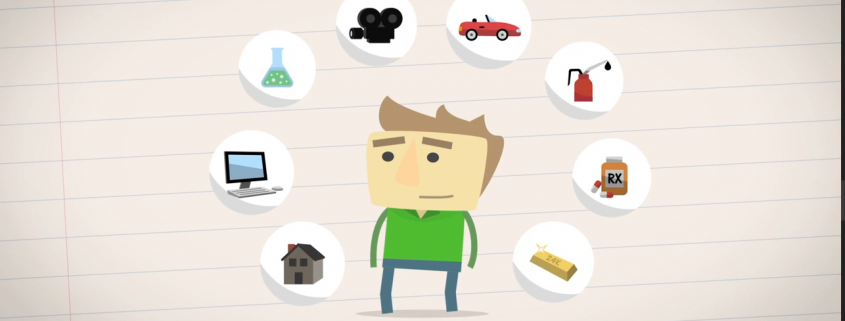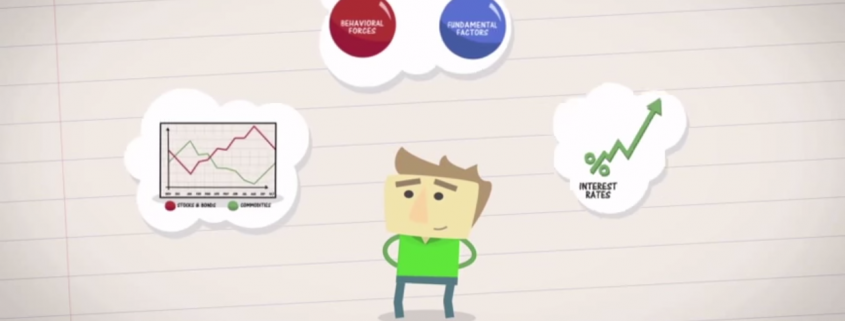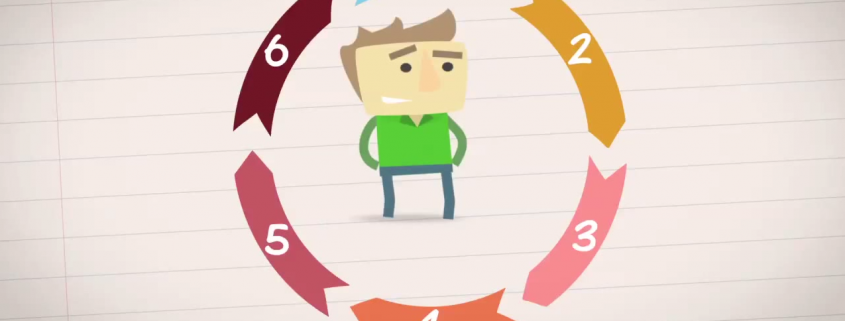If you really want to know how a company is doing, you need to read their financial statements. It’s the fastest and most reliable way to know if a company is doing well or struggling to survive.
There are three different kinds of financial statements: the balance sheet, the income statement and the cash flow statement. First, let’s start with the balance sheet. This summarizes a company’s assets, liabilities and equity at a specific time.
Assets are broken down into two categories: current assets which include cash and highly liquid investment securities, and non-current assets which include any property buildings plants equipment & company software. Next, are the company’s liabilities which are also broken down into two categories: current liabilities which include bank loans accounts payable and other payables like payroll and accrued expenses and non-current liabilities which include any long-term loans or financial obligations. If you subtract the total liabilities from the total assets, you get the total shareholders equity.
Now, let’s move to the company’s income statement. This measures how much profit or loss the company has made over a specific period of time, which is why it’s also referred to as a P&L statement. First, you have revenue which is the amount of money the company makes by selling products or providing services.
Next, come cogs or cost of goods sold which is the amount spent producing or acquiring the products or services, including material and labor costs, subtract cogs from revenue and you’ve got gross profit. Then, come the operating expenses which include day-to-day things like marketing costs, indirect labor costs and so on, subtract that from gross profit and you’ve got operating income. Next, take that number and subtract all other miscellaneous expenses and you’ve got the company’s profit before taxes, subtract the taxes and you’ve got the net profit.
And that leads us to the third financial statement, the cash flow statement. This measures how much cash flows in and out of a company over a specific period because a company’s revenue and expenses can be delayed or deferred. This shows the actual cash flowing in and out of the company. First, you add together the cash flows from all operating activities including profit before taxes, trade and other receivables, and trade and other payables then you add the cash flows from investment activities along with the cash from financing activities. You then, compare the cash at the beginning of the financial year to the cash at the end, to determine if the company had a positive or negative cash flow and that’s how you read a company’s financial statements.
In our next video we’ll go even further and learn what these numbers actually mean.
After trading for 18 years, reading 1500+ books, and mentoring 1000+ traders, I specialise in helping people improve their trading results, by using tested trading strategies, and making better decisions via decision science.






